Four Postpartum Skin Changes & How to Tackle Them Effectively
By now, you’ve probably either heard of or experienced the term “pregnancy glow” firsthand. The beautifully radiant skin and clear complexion are one of the perks that come from growing a human inside you for nine months! But, what about post-pregnancy? What happens to your skin then?
If you’re unsure of the answer or simply just don’t know, you’re in luck! Here is your guide to four common postpartum skin changes and how to tackle them effectively.
1. Postpartum Acne
Contrary to popular belief, acne isn’t just a phase that appears alongside puberty and disappears right after. Rather, acne is a common skin concern that many people experience on and off throughout their lives.
Acne is normally caused by hormonal changes in the body, so it shouldn’t come as a surprise to you if you are currently struggling with breakouts post-pregnancy. Even if you’ve had clear skin up until this point, once you give birth, your hormones will naturally fluctuate in response to the changes in your body. In turn, this can lead to blemishes and breakouts that may be short-lived for some new moms, but ongoing for others.
How to Treat It: Luckily, postpartum acne can easily be managed with the help of a consistent skincare regimen and the right acne treatment. While there are various over-the-counter products available on the market, you may benefit more from using a prescription-strength acne cream instead as this will not only work to target acne-prone areas, but also allow you to reach desired results more quickly. Still, be sure to speak with a skincare professional—whether that be a dermatologist or esthetician— before application to ensure the product is well-equipped for your skin type and the severity of the skin condition.
2. Melasma
Often referred to as the “mask of pregnancy,” melasma is another common skin condition pregnant women typically endure as a result of an increase in hormones. Unlike postpartum acne, however, melasma is a pigmentation disorder that causes brown-to-gray patches to transpire on the skin.
Although these dark patches can show up on all different parts of the skin, more often than not, most people will get it on their cheeks, bridge of their nose, chin, forehead, and/or above the upper lip.
How to Treat It: Generally speaking, melasma is more apparent throughout the pregnancy journey and tends to fade away after childbirth within three to six months. However, if you haven’t noticed any natural changes in your skin come postpartum, there are still a few things you can do to speed up your skin’s recovery process. First, because melasma affects the pigmentation of your skin, it’s essential that you always, always end your morning skincare routine with the application of a high-SPF sunscreen. This will help to protect the overall state of your skin and prevent your dark patches from worsening. Additionally, you’ll also want to consider using chemical peels to manage melasma as these can help to improve discoloration and treat hyperpigmented areas of the skin, according to research done by dermatologists.
3. Stretch Marks
Stretch marks are arguably one of the most prevalent skin changes pregnant women notice before and after childbirth, affecting roughly 90% of women sometime after their sixth or seventh month of pregnancy. This happens when your skin is unable to keep up with the growth in your body, causing the elastin fibers just underneath the surface of your skin to break and stretch marks to appear.
Since most women gain at least 25 to 30 pounds in the nine months they’re carrying their child for, it’s no wonder why stretch marks are so widely regarded as a common occurrence shared within the pregnancy community! Most frequently, stretch marks caused by pregnancy will occur on the breasts, belly, thighs, buttocks, and upper arms of a woman’s body and first appear looking reddish it purplish, but gradually fade in color over time.
How to Treat It: To avoid stretch mark development, focus on using moisture-intensive repair creams to tighten and firm the skin throughout your pregnancy journey. Or, if you’re looking for something long-term, you can there is also a wide array of stretch mark-specific products out there on the market that are clinically proven to treat this postpartum skin change and minimize the appearance of stretch marks in time.
4. Eczema
Eczema, also known as atopic dermatitis (AD) or dermatitis, is a noninfectious skin condition is that is characterized as dry, itchy, flakey, and inflamed skin condition that millions of people— pregnant or not— deal with on a daily basis. Most often, pregnancy-related eczema flare-ups will occur on the neck and face of expecting mothers.
In many cases, eczema will develop in our younger years, but for pregnant women, this skin change will arise on account of a multitude of factors like stress, the maximization of bodily resources, and other physical and emotional factors that take a toll when carrying a baby inside of you. While this skin condition can sometimes acquire in the early to mid-pregnancy stages, it’s not uncommon for this issue to carry over into the postpartum period and beyond.
How to Treat It: Regardless of whether or not you continue to have occasional flare-ups even after the postpartum period is over, it’s crucial to follow a rigorous, set strategy when caring for this condition. For mild and severe eczema cases, refer to basic topical steroid medications and emollients for eczema that serve to soften, smooth, and calm inflamed skin.
